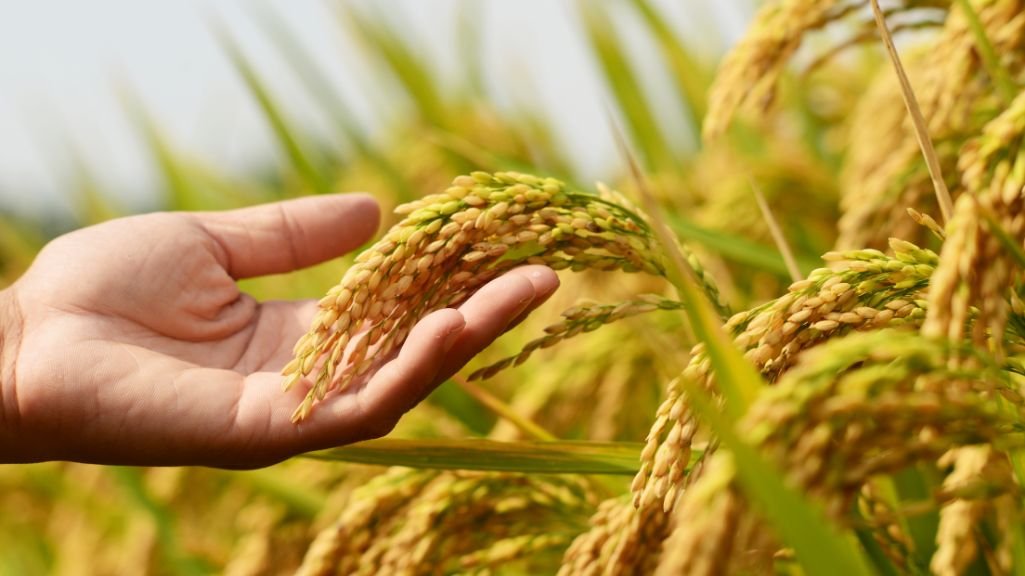Crop Insurance: A Comprehensive Guide for Farmers and Ranchers
James Bond
. 2 min read
Crop Insurance is a comprehensive yield-based policy meant to compensate farmers’ losses arising due to production problems. It covers pre-sowing and post-harvest losses due to cyclonic rains and rainfall deficit. Crop insurance is an important risk management tool available to farmers and ranchers to help protect them against declines in crop yields and/or revenue. To further assist farmers in understanding and obtaining the necessary crop insurance coverage, an online chat feature can be implemented on insurance company websites.

Types of Crop Insurance
Crop insurance is categorized into three main types:
1. Multiple Peril Crop Insurance:
MPCI is federally supported and regulated, and is sold and serviced by private-sector crop insurance companies and agents. More than 90 percent of farmers who buy crop insurance opt for MPCI. Both the cost of insurance and the amount an insurer will pay for losses are tied to the value of the specific crop. MPCI is available for more than 120 different crops, though not all crops are covered in every geographic area.
2. Actual Production History
A measure of an individual farmer’s annual production of a commodity over a multi-year period. The APH serves as the basis for the farmer’s “normal” crop yield in the crop insurance program. When the actual crop yield deviates by more than a certain percentage from the APH, an insured producer is eligible for an indemnity (loss) payment. It is up to the producer to choose the amount of the average yield to insure. In some areas, APH insurance can insure up to 85% of a producer’s average yield.
3. Crop Revenue Coverage:
Revenue Protection insurance guarantees a certain level of revenue rather than just production. It protects you from declines in both crop prices and yields. The guarantee is based on market prices and the actual yield on your farm. Insurance against poor crop yields has been available for many years. A risk management tool known as Revenue Protection (RP) insurance addresses this problem.
The USDA-RMA offers a federally subsidized crop insurance program
1. Crop insurance provides coverage against production losses due to drought, hail, frost, hurricanes, excessive moisture, fire, insects, plant disease and wildlife damage.
2. It provides protection for up to 75% (85% for some crops) of your actual yield history, plus improvements such as extra benefits for new and beginning farmers, organic producers, and Whole Farm Revenue Protection.
3. For most crops that are not eligible for crop insurance, the USDA Farm Service Agency (FSA) offers a risk management option through the NAP program (PDF). NAP protects up to 65% of the farmers’ actual yield history.
Advantages of Crop Insurance
1. Provides financial support to farmers thus, covers crop loss and damage arising out of unforeseen events.
2. Tax exemption on the premium paid by the farmers against the purchase of the crop insurance policy.
3. Farmers would get peace of mind as they don’t need to take loans from private lenders at higher interest rates.
4. Encourages farmers to adopt modern and innovative agriculture practices that further increase their personal income.
5. Economy of the country will get strengthened as farmers can repay loans with the reimbursement received from the crop insurance.
Conclusion
If you have to halt agricultural activities, the insurance will continue to pay your expenses and personnel. This may happen if a barn in your farm burns down or if marketable animals die. Stop earning until additional animals are raised. Property insurance covers animal loss and revenue flow. Not all agricultural companies require insurance. A company with no employees and where the owner performs all the work doesn’t require worker’s comp or employee dishonesty insurance.
More Stories from
Eco-Friendly Practices: How Individuals and Businesses Can Make a Difference
Discover the Power of Eco-Friendly Practices: Learn how individuals and businesses can contribute to a greener world by adopting sustainable measures.
Say No to Plastic Bags: Embracing a Sustainable Future
This article sheds light on the environmental consequences and health implications of plastic bags while providing alternative solutions.
Unveiling India's Volcanic Secrets: A Geological Overview
Explore India's unique volcanic history and the enduring forces of nature that continue to captivate scientists and adventurers alike.
Zero-Waste Living: Practical Tips for Reducing Environmental Impact
Discover the power of zero-waste living as this article offers practical tips and actionable advice for reducing your environmental impact.
Biotechnology and the Future of Medicine: Advancements and Ethical Concerns
This article explores precision medicine's personalized treatments, the promise and ethical challenges of gene editing, the potential of artificial intelligence in healthcare, and the future of organ transplantation.










.png?width=40&aspect_ratio=1:1)


.png?width=40&aspect_ratio=1:1)